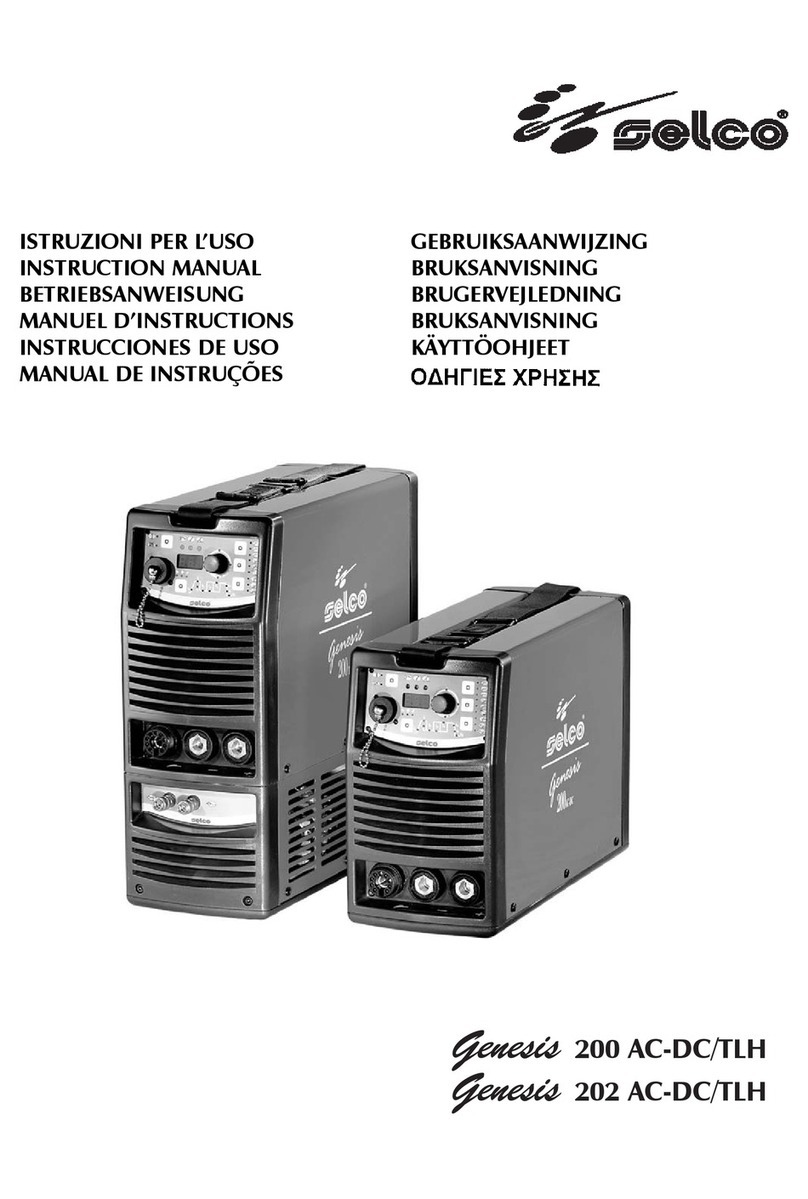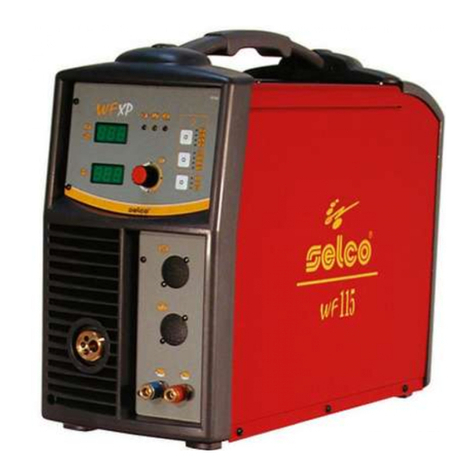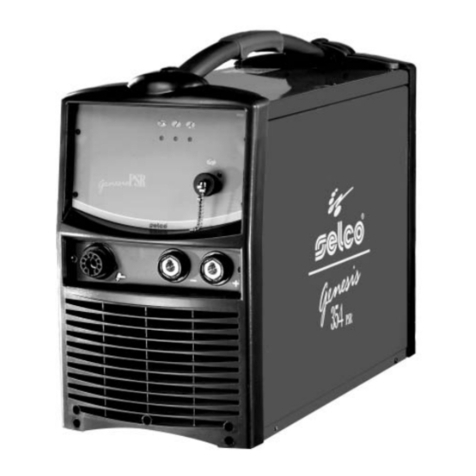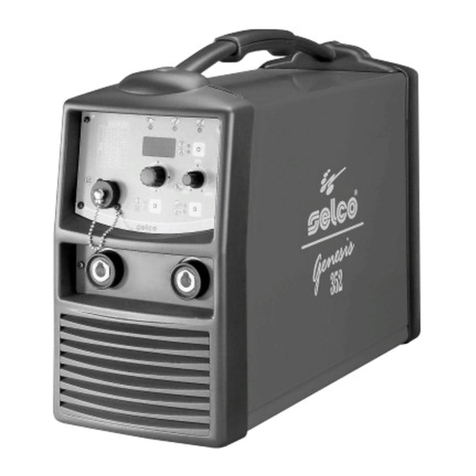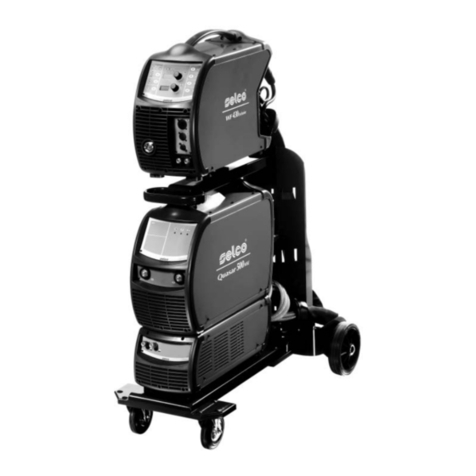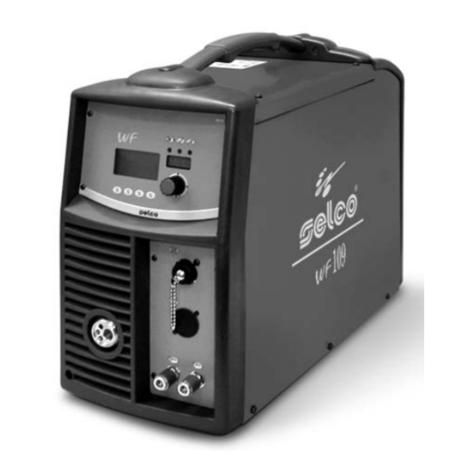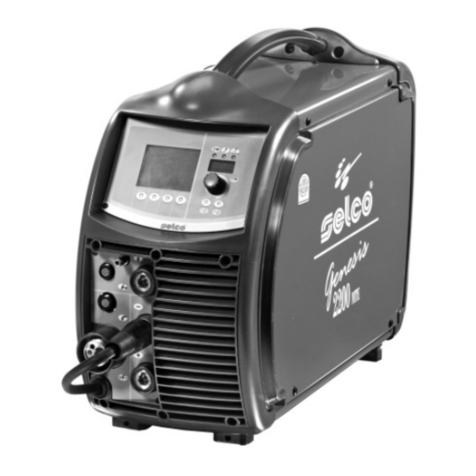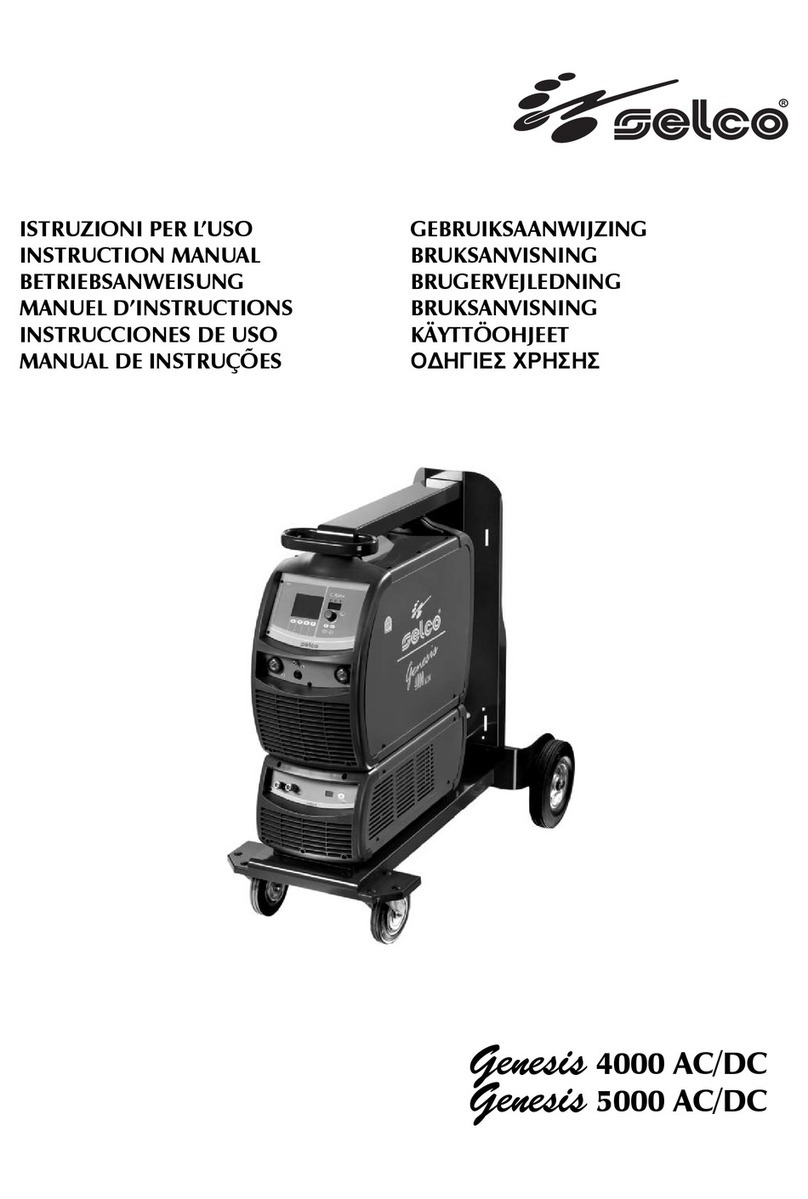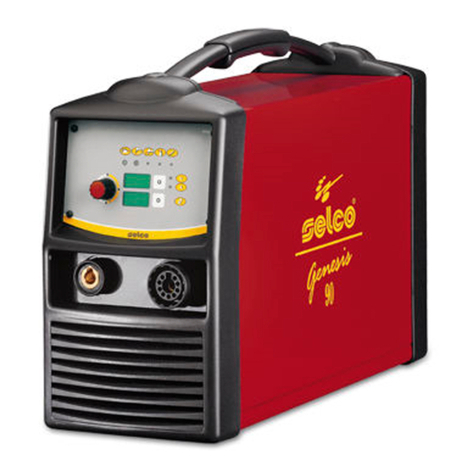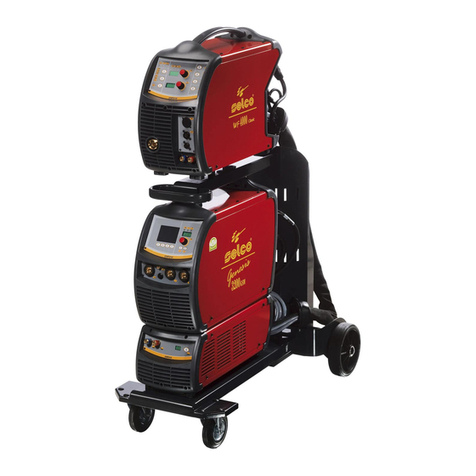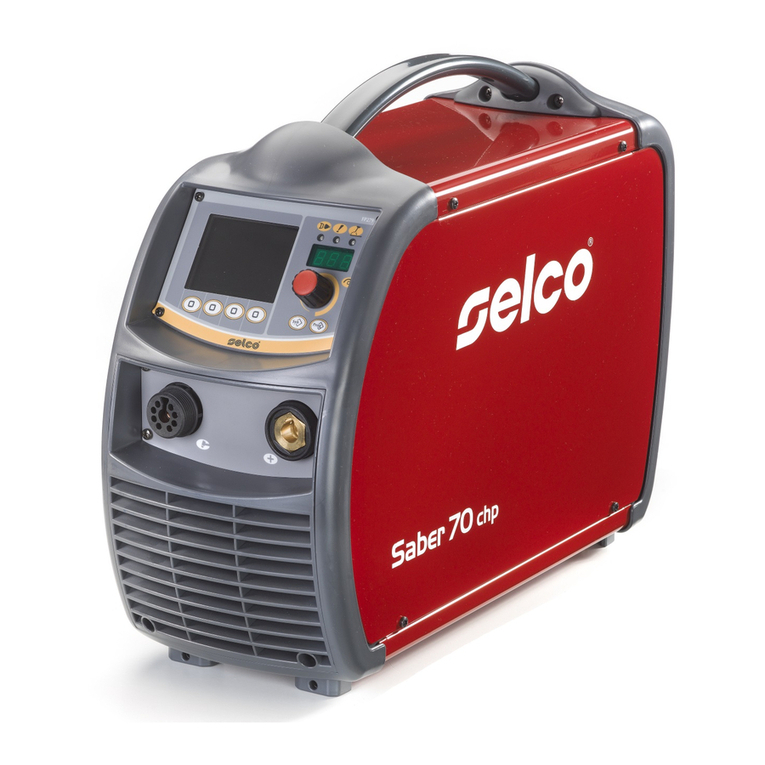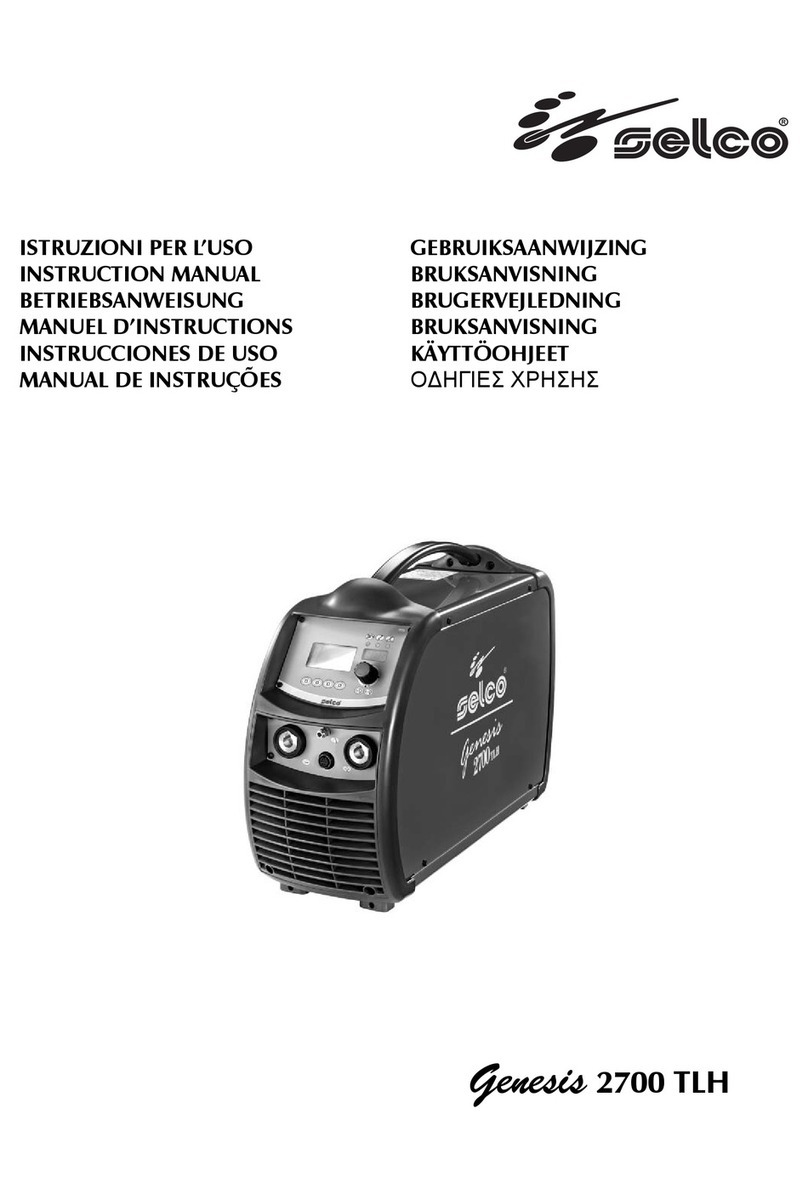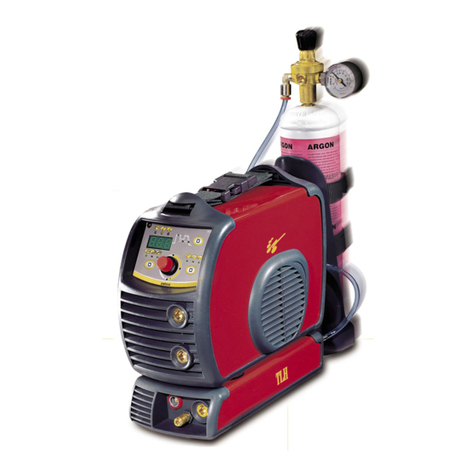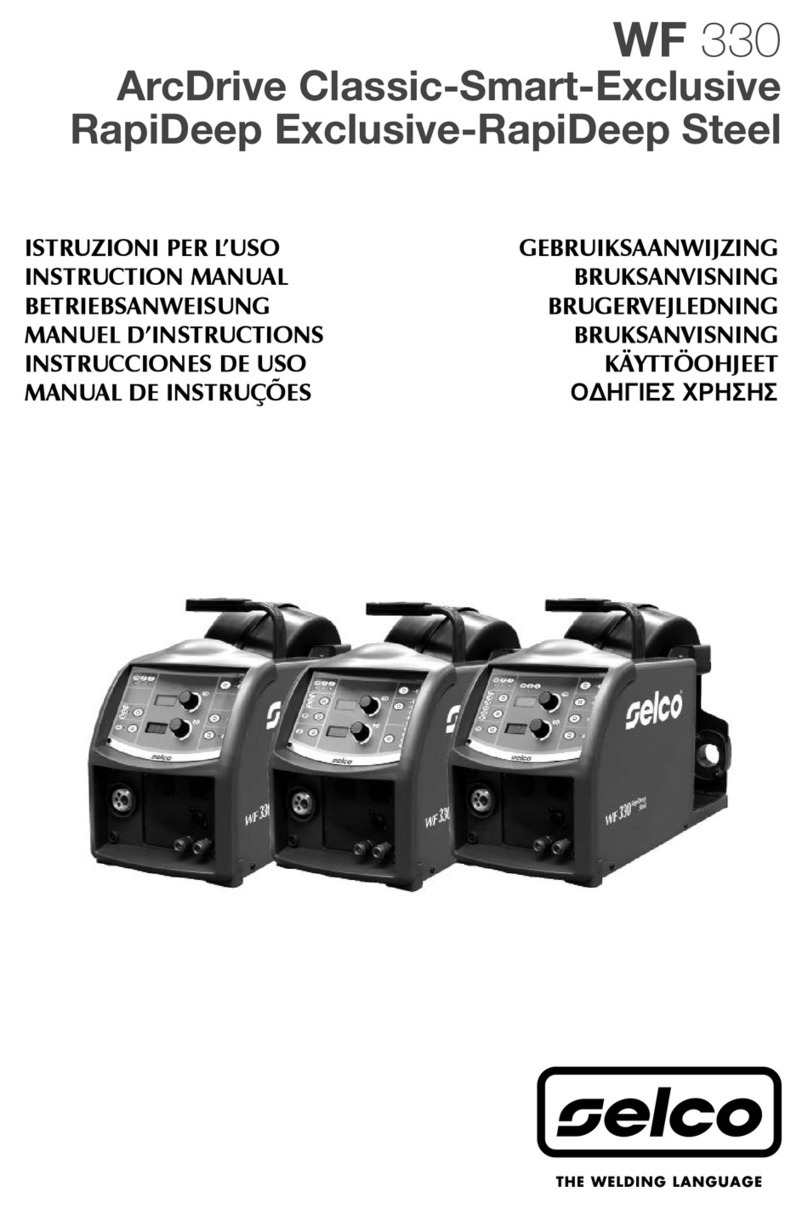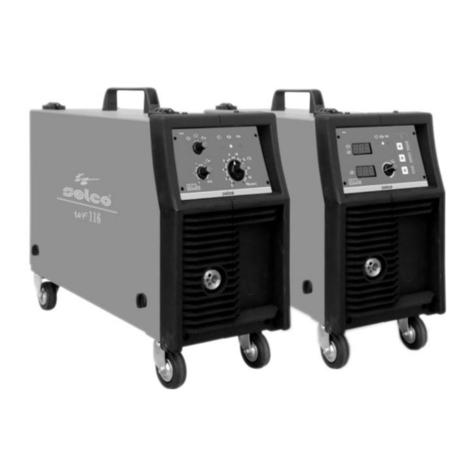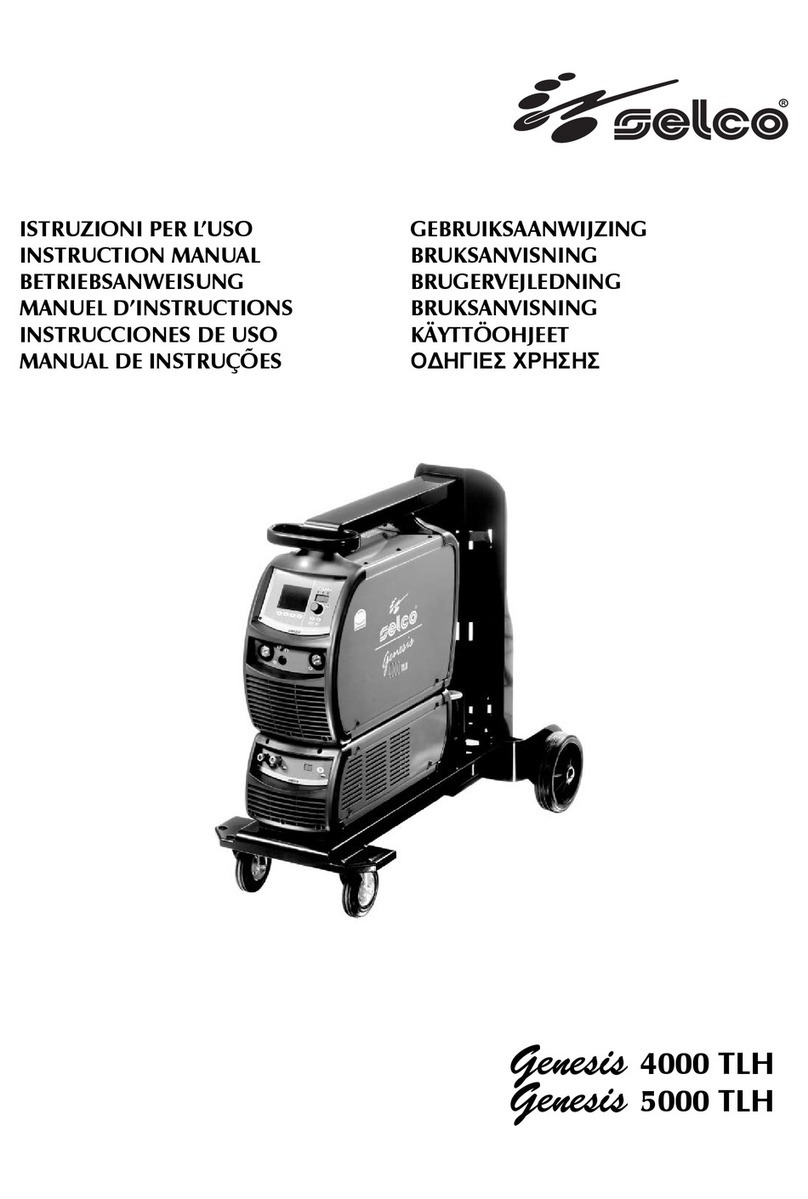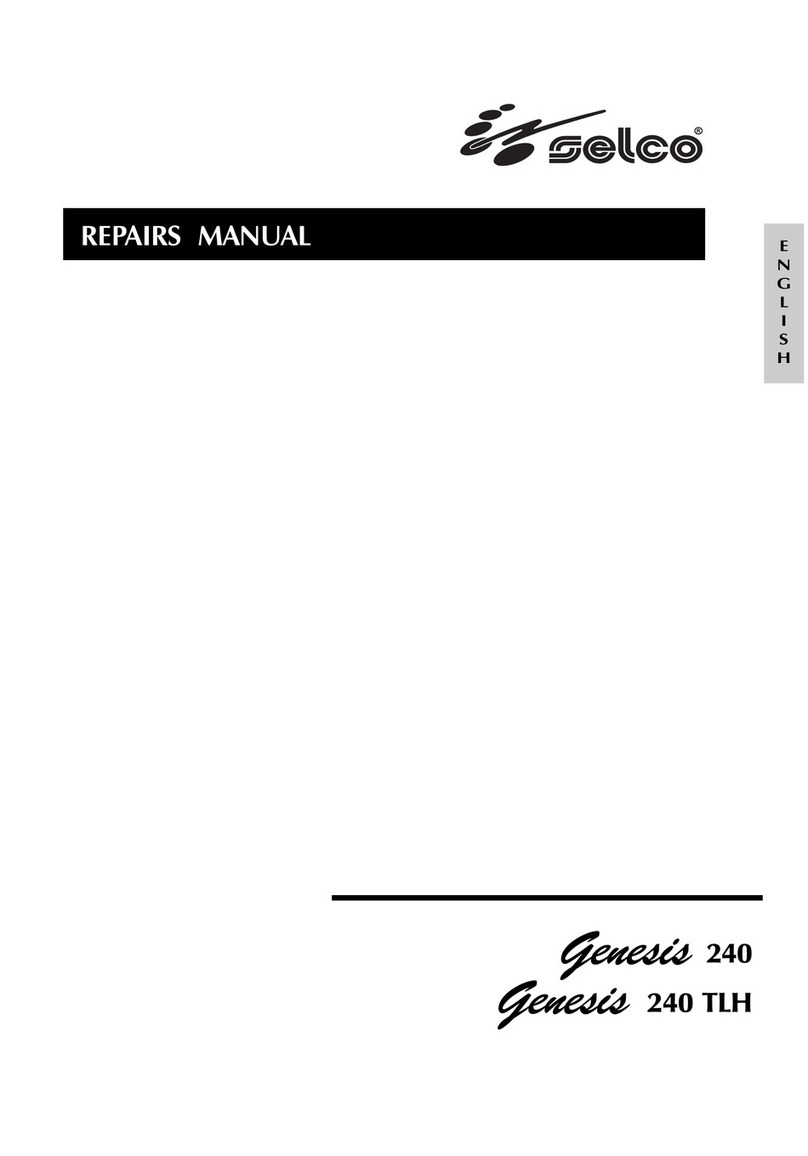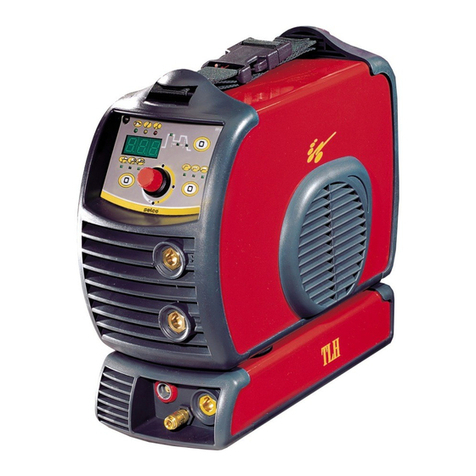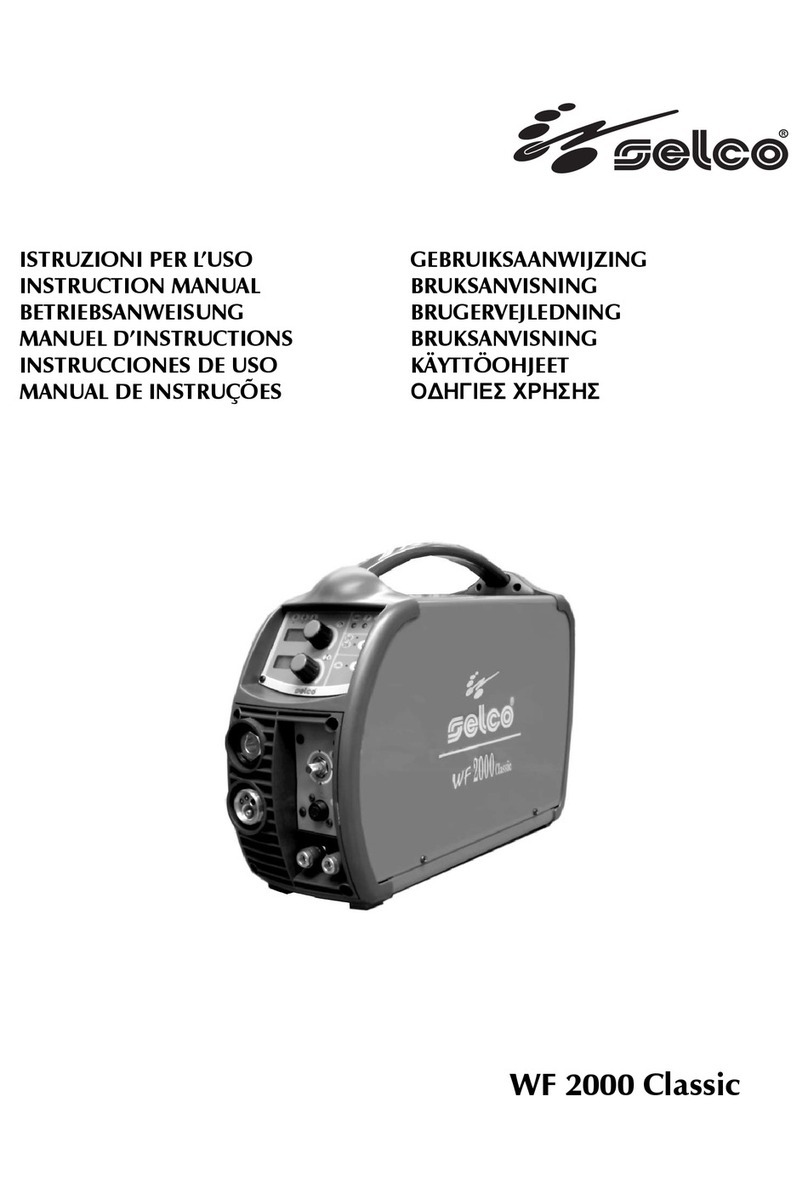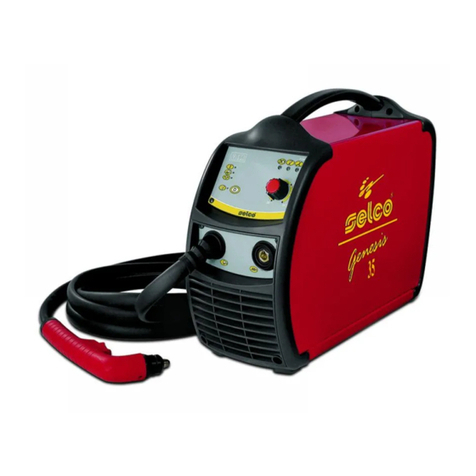
5
1 AVVERTENZE
Prima di iniziare qualsiasi operazione siate sicuri di
aver ben letto e compreso questo manuale.
Non apportate modifiche e non eseguite manuten-
zioni non descritte.
Il produttore non si fa carico di danni a persone o
cose, occorsi per incuria nella lettura o nella messa in pratica di
quanto scritto in questo manuale.
Per ogni dubbio o problema circa l’utilizzo dell’im-
pianto, anche se qui non descritto, consultare per-
sonale qualificato.
1.1 Ambiente di utilizzo
• Ogni impianto deve essere utilizzato esclusivamente per le
operazioni per cui è stato progettato, nei modi e nei campi
previsti in targa dati e/o in questo manuale, secondo le diret-
tive nazionali e internazionali relative alla sicurezza.
Un utilizzo diverso da quello espressamente dichiarato dal
costruttore è da considerarsi totalmente inappropriato e peri-
coloso e in tal caso il costruttore declina ogni responsabilità.
• Questo apparecchio deve essere usato solo a scopo professio-
nale in un ambiente industriale.
Il costruttore non risponderà di danni provocati dall'uso del-
l'impianto in ambienti domestici.
• L'impianto deve essere utilizzato in ambienti con temperatura
compresa tra i -10°C e i +40°C (tra i +14°F e i +104°F).
L'impianto deve essere trasportato e immagazzinato in
ambienti con temperatura compresa tra i -25°C e i +55°C (tra
i -13°F e i 311°F).
• L'impianto deve essere utilizzato in ambienti privi di polvere,
acidi, gas o altre sostanze corrosive.
• L'impianto deve essere utilizzato in ambienti con umidità
relativa non superiore al 50% a 40°C (104°F).
L'impianto deve essere utilizzato in ambienti con umidità
relativa non superiore al 90% a 20°C (68°F).
• L'impianto deve essere utilizzato ad una altitudine massima
sul livello del mare di 2000m (6500 piedi).
1.2 Protezione personale e di terzi
Assicurarsi che il gruppo di raffreddamento sia
spento prima di sconnettere i tubi di mandata e
ritorno del liquido refrigerante. Il liquido caldo in
uscita potrebbe causare gravi ustioni o scottature.
Provvedere ad un’attrezzatura di pronto soccorso.
Non sottovalutare scottature o ferite.
Prima di lasciare il posto di lavoro, porre in sicu-
rezza l'area di competenza in modo da impedire
danni accidentali a cose o persone.
1.3 Campi elettromagnetici e interfe-
renze
Installazione, uso e valutazione dell’area
Questo apparecchio è costruito in conformità alle indicazioni
contenute nella norma armonizzata EN60974-10 ed è identifi-
cato come di "CLASSE A".
Questo apparecchio deve essere usato solo a scopo professiona-
le in un ambiente industriale.
Il costruttore non risponderà di danni provocati dall'uso dell'im-
pianto in ambienti domestici.
L’utilizzatore deve essere un esperto del settore ed
in quanto tale è responsabile dell’installazione e
dell’uso dell’apparecchio secondo le indicazioni
del costruttore. Qualora vengano rilevati dei distur-
bi elettromagnetici, spetta all’utilizzatore dell’appa-
recchio risolvere la situazione avvalendosi dell’assistenza tecni-
ca del costruttore.
In tutti i casi i disturbi elettromagnetici devono esse-
re ridotti fino al punto in cui non costituiscono più
un fastidio.
Prima di installare questo apparecchio, l’utilizzatore
deve valutare i potenziali problemi elettromagnetici
che si potrebbero verificare nell’area circostante e
in particolare la salute delle persone circostanti, per
esempio: utilizzatori di pace-maker e di apparecchi
acustici.
Schermatura
La schermatura selettiva di altri cavi e apparecchi presenti nell’
area circostante può alleviare i problemi di interferenza.
La schermatura dell’intero impianto di saldatura (taglio) può
essere presa in considerazione per applicazioni speciali.
1.4 Grado di protezione IP
S
IP23S
- Involucro protetto contro l'accesso a parti pericolose con un
dito e contro corpi solidi estranei di diametro maggiore/ ugua-
le a 12,5 mm.
- Involucro protetto contro pioggia a 60° sulla verticale.
- Involucro protetto dagli effetti dannosi dovuti all’ingresso
d’acqua, quando le parti mobili dell’apparecchiatura non
sono in moto.
